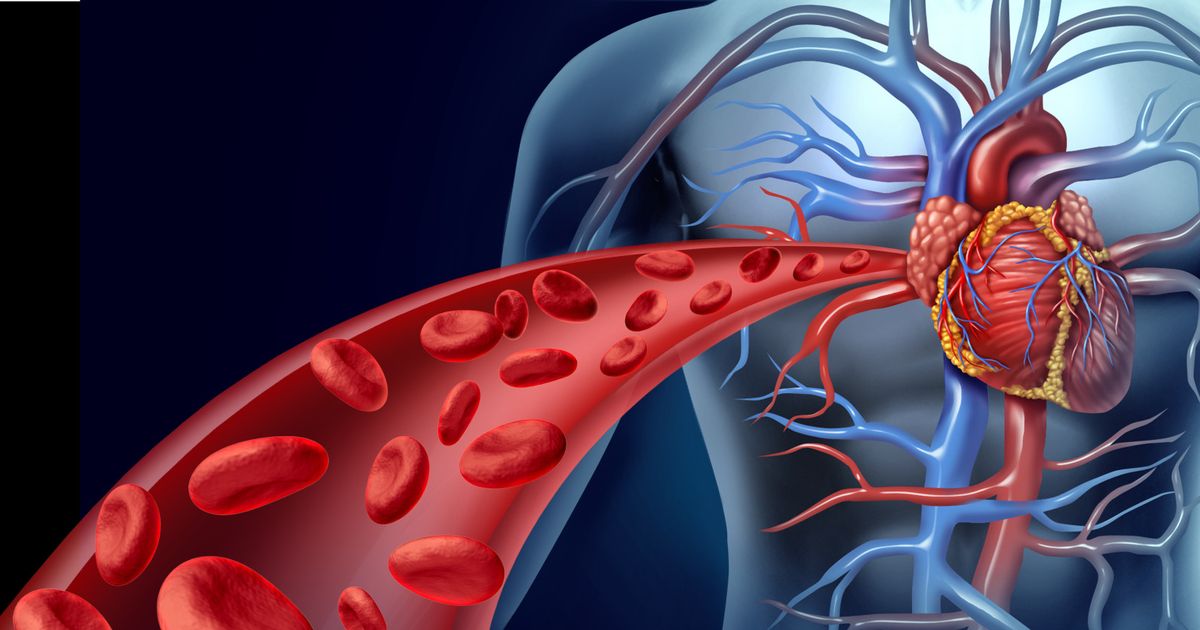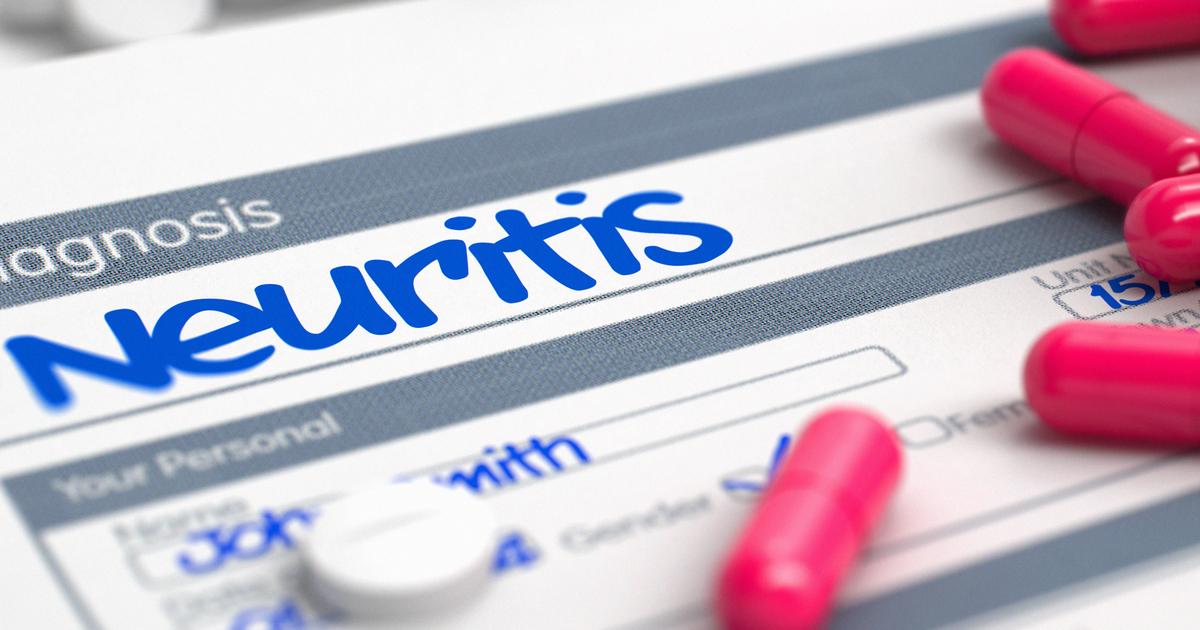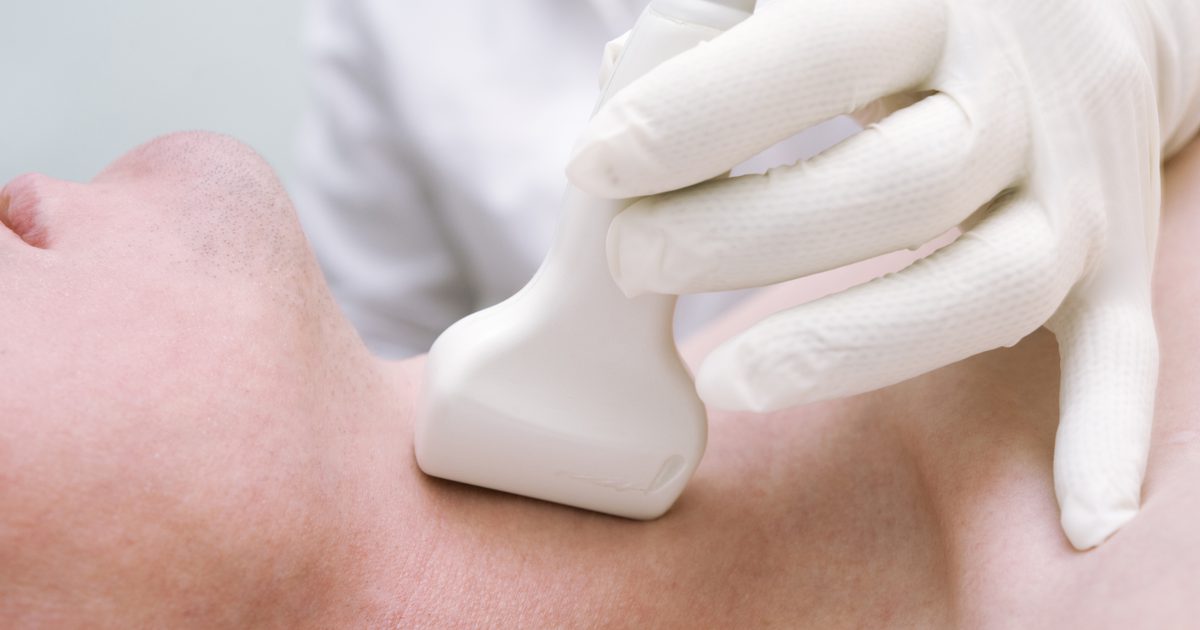What Causes Pins And Needles?
Pins and needles (paresthesia) are terms used to describe a sensation of prickling, skin crawling, tingling, itching, or burning that may come on suddenly or develop gradually. This feeling occurs in healthy individuals when they sit in a position for an extended period that places pressure on the nerves that supply sensation to the limb. This sensation has often been described as a limb that has fallen asleep. This feeling occurs when the sensory nerve impulses do not transmit correctly from one nerve to the next, resulting in a disruption of that impulse pathway to and from the brain. While this sensation is a normal occurrence in healthy individuals when it is caused by an external force, someone who experiences it chronically or without an obvious cause may have an underlying condition.
Neuropathy

Individuals with neuropathy may experience paresthesia as a manifestation of their nerve condition. Neuropathy is an umbrella term used to describe any condition that interferes with the healthy activity of the peripheral nervous system nerves. An individual's spinal cord and brain are connected to the rest of the body by the nerve network called the peripheral nervous system. Neuropathy can be inherited, or it can be acquired through trauma, systemic disease, vascular disorders, alcoholism, infections, medications, vitamin imbalances, diabetes, and other autoimmune disorders. One or more of these factors can cause damage or death the nerve cells responsible for sending and receiving messages from the brain with information relating to the senses or sensory nerves. In neuropathy, the brain may receive only partial or no signals because the nerve damage is disrupting or distorting the transmission of signals to and from the sensory nerves. This absent or partial transmission causes the patient to experience the pins and needles sensation.
Read more about the causes of pins and needles in the legs now.
Radiculopathy

Radiculopathy is a condition characterized by the adverse effects of a compressed nerve root located within an individual's spine. Nerves in the extremities converge together as their path moves closer to the spine. The nerves eventually all meet along the spinal cord. The spinal cord runs through the series of bones that make up the spine or vertebrae. The vertebrae each have holes that allow the large nerve roots to run out of the spinal cord and to the rest of the body that are called foramina. When these roots that attach to the spinal cord become damaged or pinched, the patient has radiculopathy. Damage to the nerve roots results in swelling and inflammation that takes up space in the holes of the vertebrae. This mechanism often results in the compression of these nerve roots and their blood supply. Vertebrae, intervertebral disc, and tendon size or position changes can also cause the nerve roots to become compressed in the foramina. This compression results in the disruption of nerve transmissions to and from the brain that causes paresthesia.
Continue reading to reveal more causes of pins and needles now.
Pinched Nerve

An individual experiencing a pins and needles sensation may have a pinched nerve. Bones, bone spurs, muscles, tendons, cartilage, and other connective tissues can all inappropriately apply pressure to neighboring sensory nerves. Trauma and a number of conditions can result in a pinched nerve. Carpal tunnel syndrome can cause paresthesia in the affected individual's hand. The main nerve that feeds into the hands passes through a ring formed by the wrist bones. The movements that cause carpal tunnel syndrome result in an inflammatory response in the tendons and surrounding membranes in the wrist. This swelling and inflammation narrow the amount of space in the wrist ring where the main nerve runs through, which pinches or compresses it. Sciatica is a condition characterized by a pinched sciatic nerve that feeds the legs and feet. Issues in the buttock, pelvic, and lower back area can cause this nerve to become pinched. Sometimes the large piriformis muscle in the buttocks can pinch or constrict the sciatic nerve, which interrupts nerve signals to the legs and feet. When a nerve is being pinched by other tissues, the impulses are unable to pass completely or at all, resulting in paresthesia.
Uncover another cause of a pins and needles sensation now.
Poor Circulation

Pre-existing conditions, injuries, or external influences that result in poor circulation to the legs can cause an individual to feel the pins and needles sensation. Poor blood circulation means less oxygen delivery to the tissues around the body. The nerve cells in the peripheral nervous system can only survive in poor oxygen conditions for a short time. In order to survive as long as possible in oxygen-poor conditions, the nerve cells can decrease their size in a process called atrophy. In healthy conditions, nerve impulses move from one nerve to the next through a synaptic junction. This process works seamlessly when there is an adequate amount of oxygen, and when the nerve cells are an appropriate size. However, nerve cells that have shrunk due to their survival mechanism in oxygen-poor conditions cause the synaptic junction to become too wide for the impulses to cross successfully. This malfunction can cause only partial impulses to get across the junction between nerves, or inhibit the transmission altogether. This lack of proper nerve transmission can result in the pins and needles sensation in the affected region of the leg.
Discover additional causes of pins and needles now.
Poor Diet

Chronic paresthesia can occur as a result of an individual's poor diet and the resulting malnutrition. The body requires sufficient levels of vitamins B12, B9, B6, E, thiamine, copper, and niacin for the nerves to function properly. A poor and unbalanced diet often results in one or more deficiencies of these nutrients. Without vitamin B1 or thiamine, the body is unable to sufficiently maintain the protective myelin sheath around the nerves that allow the smooth transmission of impulses. A shortage of vitamin B12 or cobalamin inhibits the healthy production of the protective myelin sheath around the nerves. Vitamin E and copper function to neutralize free radicals that are known to react with oxygen and produce toxic byproducts that cause damage to nerve fibers. Numerous metabolic processes and reactions depend on an adequate supply of vitamin B6 or pyridoxine and vitamin B3 or niacin. The nerves do not receive any cellular energy when there is an interruption in metabolic processes. Individuals deficient in folate or vitamin B9 have difficulty with myelin sheath production. Any of these nutrient deficiencies that result from a poor diet can cause nerve damage and impulse interruption that results in paresthesia.
Discover additional causes of pins and needles sensations now.
Neuritis

Neuritis refers to nerve inflammation, and the condition can cause a sensation of pins and needles, weakness, numbness, pain, and muscle wasting. Peripheral neuritis (neuritis that affects the peripheral nerves) and optic neuritis (neuritis of the optic nerve) are the most frequently reported types of neuritis. Others include brachial neuritis, ulnar neuritis, vestibular neuritis, and cranial neuritis. Neuritis tends to be more common in women, and patients who are fifty-five and older are most likely to be diagnosed. Physical injuries such as carpal tunnel syndrome may lead to neuritis, and the condition may develop following chemotherapy, radiation, or poisoning with heavy metals. Vitamin B12 deficiencies may trigger neuritis, and it could occur as a result of infections, including chickenpox, syphilis, and herpes simplex. Treatment options for neuritis focus on pain relief and may include topical treatments, oral medications, or injections.
Continue reading to get more information on the various causes of pins and needles now.
Hyperventilation

Hyperventilation occurs when an individual breathes very rapidly. During hyperventilation, the individual will breathe out more than they breathe in, and this quickly reduces the amount of carbon dioxide in the body. When carbon dioxide levels are too low, symptoms such as pins and needles in the hands and fingers and lightheadedness may occur. Some patients may faint if hyperventilation is severe. Hyperventilation typically occurs as a result of fear, phobias, or highly stressful situations. It may also develop in response to anger or sadness. Severe pain, head injuries, bleeding, stimulant use, and lung infections are other recognized causes. Patients with hyperventilation may experience symptoms for twenty to thirty minutes, and chest pain and a rapid heartbeat could be present. Since hyperventilation mimics the symptoms of serious medical conditions, it is important to see a doctor, particularly if the patient experiences frequent hyperventilation or if it is accompanied by chest pain. Treatment for hyperventilation focuses on changing the patient's breathing technique. Patients may be able to self-treat hyperventilation by breathing into a paper bag or cupped hands, and holding the breath for ten to fifteen seconds might be beneficial as well. Stress reduction measures are recommended, and patients may need to take medications like alprazolam to reduce anxiety.
Reveal more causes of pins and needles now.
Stroke

A stroke is a medical emergency in which the blood flow to the brain is interrupted. Patients having a stroke frequently experience sudden weakness, numbness, or paralysis in the face or a limb. These symptoms typically occur on one side of the body. For example, one side of the face may be affected, or the patient might notice symptoms in their right arm or leg even though the left leg is able to function normally. Patients could also have double vision or vision loss in one or both eyes, and blurry vision is common. Severe headaches may develop suddenly, and these might be accompanied by vomiting, dizziness, or confusion. Patients might have trouble speaking or understanding others, and loss of balance may be present. To diagnose a stroke, doctors at the hospital will perform a brain scan, and patients will also have blood tests. A neurological exam will be conducted, and an echocardiogram, carotid ultrasound, or cerebral angiogram may be indicated in certain situations. Treatment for a stroke depends on the type of stroke the patient has had. If an ischemic stroke is diagnosed, the patient may be able to have intravenous medication to break down blood clots, and doctors might perform endovascular procedures. Surgical procedures are also used to treat hemorrhagic strokes. After recovering from a stroke, the patient will likely need to go to a rehabilitation center for physical and occupational therapy before returning home.
Get the details on more potential causes of pins and needles now.
Certain Medications

Patients who take certain medications could develop pins and needles as a side effect. For example, cisplatin and other chemotherapy medications used in the treatment of breast cancer and lymphoma are associated with pins and needles in thirty to forty percent of patients receiving the drugs. Patients who use antiretroviral medications for HIV or AIDS are also likely to experience pins and needles. Hydralazine, perhexiline, vincristine, phenytoin, nitrofurantoin, isoniazid, and dapsone all have pins and needles as a possible side effect. This sensation might occur for individuals who take fluoroquinolones or metronidazole to fight infections, and it is also a recognized side effect of heart and blood pressure medicines such as amiodarone. Since a pins and needles sensation can be a sign of peripheral neuropathy, patients should mention this side effect to their doctor. If possible, the physician may be able to prescribe a different medication that does not cause this side effect. Over-the-counter and prescription-strength pain medications might be recommended to manage this symptom.
Learn more about what can cause pins and needles now.
Hypothyroidism

Hypothyroidism is a condition in which the thyroid gland does not produce enough hormones. In addition to pins and needles, patients with hypothyroidism may notice symptoms such as weight gain, increased sensitivity to cold temperatures, fatigue, constipation, muscle aches, joint pain, and depression. The patient's hair could become noticeably thinner, and their heart rate might be slower than normal. Elevated cholesterol, dry skin, facial puffiness, and memory impairments could occur as well, and the patient may have an enlarged thyroid gland. Hypothyroidism is most common in middle-aged or older women. To diagnose this condition, doctors perform blood tests to measure the patient's levels of thyroid-stimulating hormone and thyroxine. If hypothyroidism is confirmed, the patient will be prescribed levothyroxine, a synthetic thyroid hormone. The medication is taken by mouth daily, and patients will have regular blood tests so the dose can be adjusted as needed.